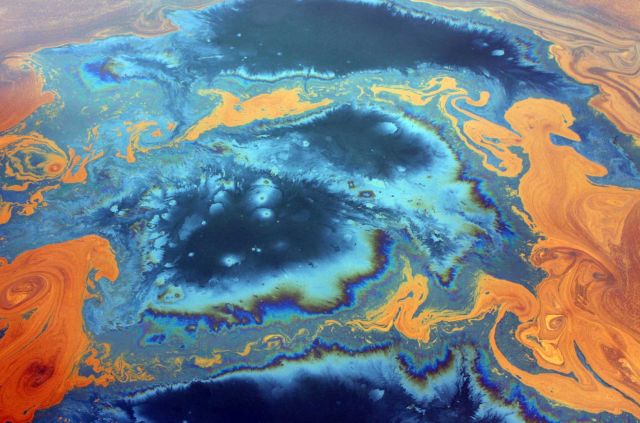A frightening tool to fight oil spills?
A rash of recent oil spills around the globe -- Bangladesh, Israel, Peru and New Zealand -- serve as reminders of the damage such spills can cause and of the important role responders can play in limiting such damage.

CNN -- Spill responders have several tools at their disposal, including chemical dispersants. However, the legacy of the 2010 Deepwater Horizon disaster in the Gulf of Mexico includes a public backlash against dispersants that stands to exacerbate environmental damage from future spills.
Starting with Deepwater Horizon, dispersants seem to have become an environmental villain du jour, even creeping in to the popular vernacular. To control an oil spill that ultimately exceeded 40,000 square miles, responders released 1.8 million gallons of dispersant over 59 days -- an act that society has judged a bad idea. Even now when we talk about our research on this spill the loaded question inevitably surfaces: "Just how bad was the dispersant?"
Many think the dispersants amplified damage and are continuing to harm marine life; some even believe that BP conspired with government responders to use them nefariously to conceal the most visible impacts of the spill. Based on our experience studying oil spills in the Gulf of Mexico and elsewhere, that's a biased and incomplete understanding that may unduly influence decision-makers responsible for responding to future spills.
Dispersants are not perfect, but they are certainly not new. Over six decades, they have evolved from highly toxic mixtures to safer formulations that have become a proven spill response tool. They work like dishwashing soap, by breaking apart oil into small droplets.